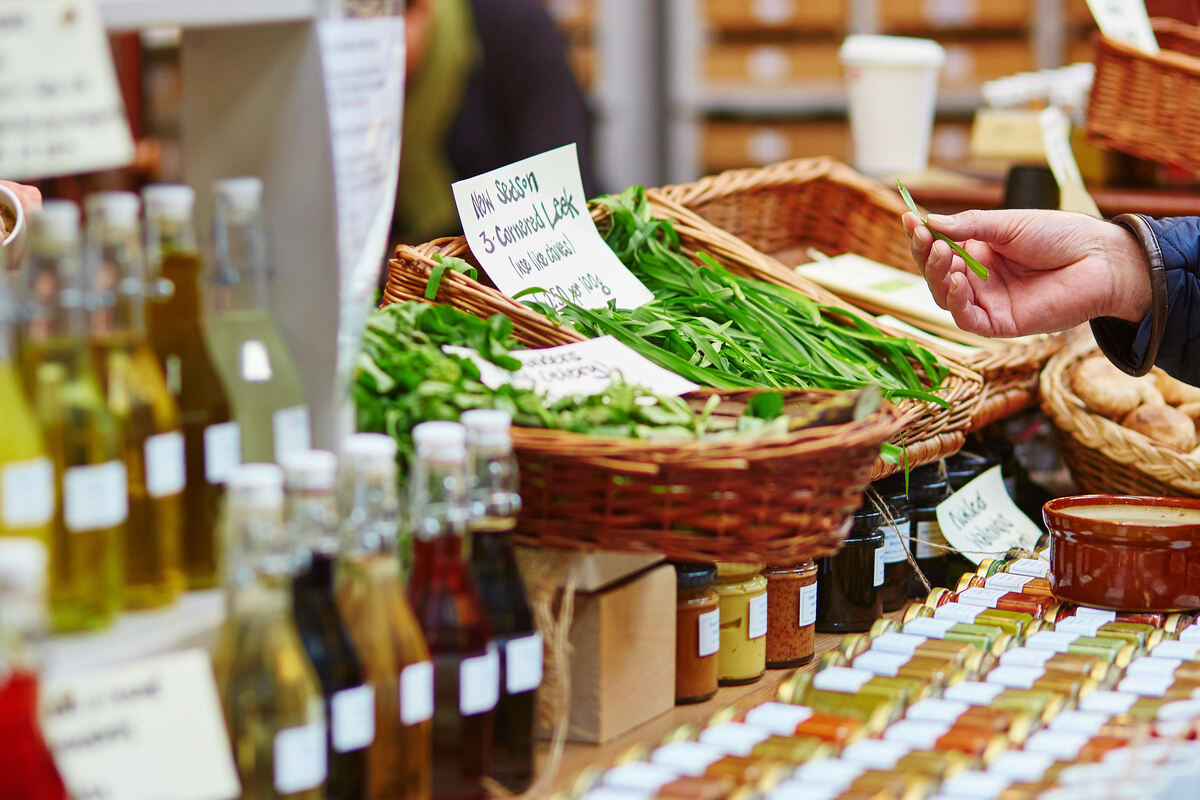Builders and construction professionals may not want aspects of a home to make it eco-friendly, but what about you? Homeowners have to do the research, facing conflicting and hard-to-parse information all over the internet.
Fortunately, there are straightforward, accessible ways for you and other homebuyers to determine how sustainable the materials are in every house. What are the criteria?
Loving Local

Environmental advocates will assert time and time again that materials from nearby, no matter what they’re made of, are always superior to foreign alternatives. Choosing local means reducing transportation emissions and funneling money back into local economies.
A research study in Amsterdam demonstrated the impact of choosing local, native materials. Simulations showed how the city would operate with timber hubs, each serving a two-mile radius. This theoretically reduces carbon emissions for building materials by 95%, while providing logistical and transportation ease.
Looking locally is more than choosing your town — it’s about picking your country. This is when you start to see the big picture of the environmental impact of construction components.
For example, American-made steel companies must comply with the American Society for Testing and Materials and the Iron and Steel Institute. They have outlined more thorough environmental impact regulations than other nations, including air and water pollution guidance.
Material Type

Is bamboo or wood more sustainable? Is steel good so long as it is recycled or reclaimed? Material type and the terminology surrounding them make decision-making challenging, but they also allow you to learn more about the green building landscape. These are some of the definitive best materials for carbon-friendly homes.
- Bamboo: Fast-growing, high strength and sequesters carbon during growth.
- Reclaimed wood: Encourages circularity and prevents deforestation.
- Recycled steel: Hardwearing, long-lasting and energy-efficient.
- Straw: Well-insulating, biodegradable and low processing requirements.
- Hempcrete: Carbon-negative, nontoxic and durable.
- Cork: Sustainably harvested, naturally decomposes and provides thermal and acoustic insulation.
- Ram earth: Abundant and has high thermal mass.
- Ferrock: Made from recycled materials, sequesters carbon during curing and has strength comparable to concrete.
Other options include recycled glass, natural stone and terrazzo, and the future will likely bring new alternatives. For example, mycelium, derived from fungi, is a prospective insulation material. It’s renewable and nontoxic compared to conventional options.
Further Evaluation
While local materials of specific types are the most critical factors in evaluating eco-friendliness, there are countless other factors that make something green. This should inspire homeowners to determine their sustainable priorities and focus on what delivers the most impact to them and their region.
What are other ways to evaluate building materials?
Resource Consumption in Production

Learn how much energy and water each material uses to produce, or how much pollution it makes. These upstream factors are just as important as end-of-life sustainability, like recyclability. Options like natural stone and straw bales are ideal examples of options that don’t need a lot of processing attention.
Life Cycle Assessments (LCAs)
Production evaluations start a larger life cycle assessment that considers the material’s impact from extraction, production, shipment, use and disposal. Options with top-tier LCAs generally have these qualities, though they may not excel in every area:
- Long life span to reduce the need for replacements and waste generation
- Requires low maintenance
- Has high recyclability or biodegradability
- Is carbon-negative
Many online tools outline a building’s LCA based on regulatory standards, making it accessible for any homebuyer to understand what they’re in for.
Certifications

What stamps of approval does the home carry? The sellers or builders could have met specific criteria to receive any of the following certifications:
- Forest Stewardship Council (FSC)
- Leadership in Energy and Environmental Design (LEED)
- Cradle-to-Cradle
- National Green Building Standard
- Living Building Challenge
- Green Globes
You can also look at the equipment in the home for tags like Energy Star and WaterSense to see how well the building’s aspects consider resources.
Social Factors

Choosing local, climate-friendly materials impacts your community. Naturally stronger building blocks enhance climate resilience, boosting defenses against extreme weather. It is essential to bolster communities and reduce potential damage during disasters.
Additionally, eco-conscious choices consider the local heritage, Indigenous communities and cultural identities. It allows residents to respect the region and its people, preserving their construction methods and way of life.
Corporations are often more than willing to clear-cut a forest that could be precious to nearby native communities while the region is rich with natural stone. Why harm neighbors when celebrating greener, ethical choices are available?
Using modern machinery like the Lontto block machine can also enhance sustainability by enabling the production of eco-friendly construction blocks such as fly ash, cement, and concrete blocks with minimal waste.
Compatibility With Other Green Technologies
Certain materials’ energy-efficient thermal enhancements make it easier for renewable generators to work well. The right insulation prevents moisture, which controls indoor humidity and air quality. This means solar panels have less pressure on them.
Additionally, natural, local components may be recyclable, reclaimable or compostable. While many do not consider recycling facilities or composters as technologies, these are invaluable assets in evaluating the long-term potential for a home to be climate-considerate.
The Telltale Signs
Prospective homebuyers want to make sound decisions and using Earth-friendly materials is part of the process. Before you know it, you’ll feel like a pro in assessing building materials. Sustainable construction is becoming increasingly important to consumers. Therefore, walking into an offer with evidence prevents you from making rash decisions and letting sellers know your priorities.









